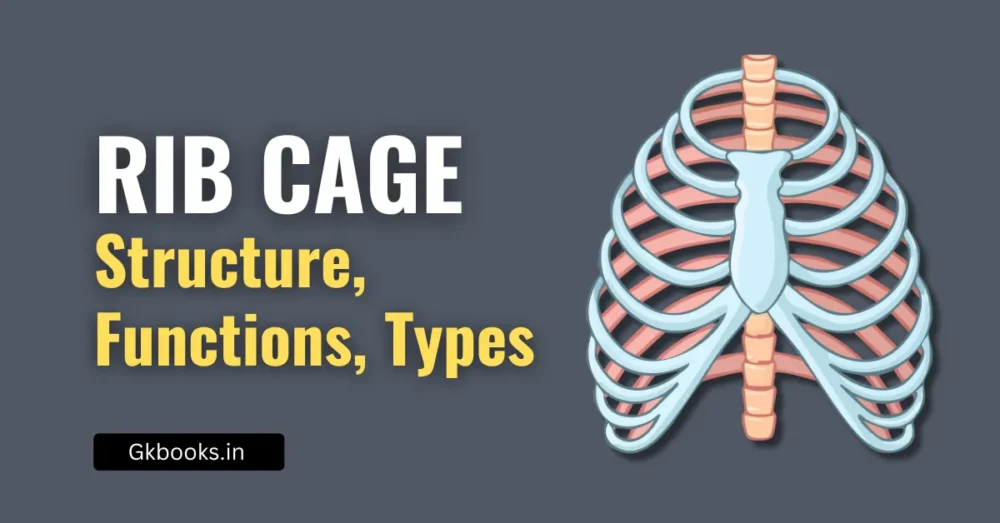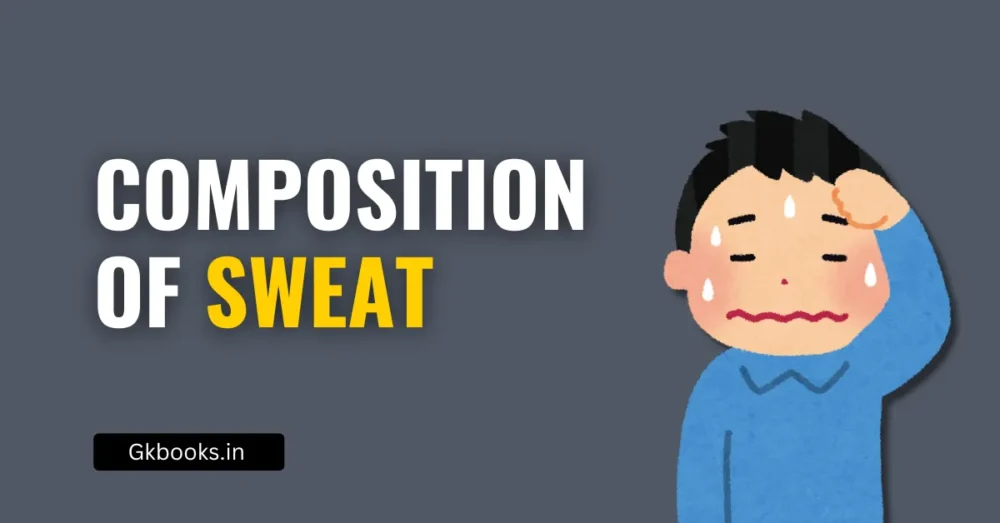Lymph is a vital body fluid that plays an essential role in maintaining immunity, nutrient transport, and fluid balance. While most students preparing for competitive exams like UPSC, SSC, Banking, Railways, Defence, and State PSCs are familiar with blood composition, the composition of lymph often gets overlooked.
However, examiners frequently frame direct and indirect questions on this topic, making it an important area of General Science and Biology.
In this article, we will break down the definition, composition, and significance of lymph in a clear and exam-friendly manner.
What is Lymph?
Lymph is a colorless or slightly yellowish fluid that circulates through the lymphatic system. It is formed from the interstitial fluid (fluid that surrounds body tissues) and is a crucial medium for:
- Transporting fats from the small intestine,
- Returning excess fluid to the bloodstream, and
- Defending the body against infections through white blood cells (lymphocytes).
👉 Exam Tip: Lymph is often called the “middleman” between blood and tissues, as it helps in exchange of nutrients and waste materials.
Composition of Lymph
The composition of lymph is quite similar to blood plasma but with notable differences. Unlike blood, lymph does not contain red blood cells (RBCs) and platelets. Instead, it mainly consists of:
1Water (94%)
- The major component of lymph is water, making it a clear and watery fluid.
- It helps in dissolving and transporting nutrients, gases, and waste materials.
Proteins (2–5%)
- Lymph has fewer proteins than blood plasma.
- The proteins include albumin, globulin, and fibrinogen.
- Functions of proteins in lymph:
- Maintain osmotic pressure,
- Aid in clotting (though less effective than in blood),
- Provide immunity (through immunoglobulins).
Ions and Electrolytes
- Lymph contains essential ions such as:
- Sodium (Na⁺)
- Potassium (K⁺)
- Calcium (Ca²⁺)
- Chloride (Cl⁻)
- Bicarbonates (HCO₃⁻)
- These ions maintain pH balance, nerve conduction, and muscle contraction.
Glucose and Other Nutrients
- Lymph carries absorbed nutrients, particularly fats in the form of chyle, from the intestine.
- It also contains glucose, amino acids, and vitamins.
👉 Exam Fact: Lymph collected from the intestine is rich in fat globules and is called chyle.
Gases
- Contains dissolved oxygen and carbon dioxide.
- Oxygen level is lower than blood, but CO₂ is higher because lymph drains metabolic wastes from tissues.
Waste Products
- Urea and other nitrogenous wastes are transported to the blood for excretion.
White Blood Cells (WBCs), Mainly Lymphocytes
- Lymph is rich in lymphocytes (T-cells and B-cells).
- Functions:
- Defend against bacteria, viruses, and foreign substances.
- Produce antibodies to fight infections.
- Other immune cells like macrophages may also be present.
Enzymes and Hormones
- Small amounts of enzymes and hormones are present to regulate metabolic and immune activities.
Comparison: Lymph vs. Blood Plasma
| Feature | Blood Plasma | Lymph |
|---|---|---|
| Color | Pale yellow | Colorless or faint yellow |
| RBCs | Present | Absent |
| WBCs | Present | Mostly lymphocytes |
| Platelets | Present | Absent |
| Protein Content | High (7–8%) | Low (2–5%) |
| Fat Content | Normal | Higher after intestinal absorption (chyle) |
| Function | Transport of gases, nutrients, hormones | Immune defense, fat absorption, fluid balance |
👉 Memory Trick: Blood = Complete transport + clotting; Lymph = Immunity + fat absorption.
To stay updated with the latest GK and Current Affairs infographics, follow our official Instagram and Facebook page and prepare for exams easily.
Functions of Lymph (Quick Recall)
Although the main focus is composition, knowing functions strengthens understanding:
- Immune Defense → Provides lymphocytes and antibodies.
- Nutrient Transport → Carries absorbed fats and fat-soluble vitamins (A, D, E, K).
- Fluid Balance → Returns excess tissue fluid to blood circulation.
- Waste Removal → Collects cellular waste products.
- Maintaining Homeostasis → Regulates fluid pressure and pH balance.
Relevance in Competitive Exams
Questions on lymph usually appear in Biology, General Science, and General Knowledge sections. Here are some expected exam-style questions:
Previous Year Questions Examples
- Which body fluid is rich in lymphocytes but lacks red blood cells?
- Answer: Lymph
- What is chyle?
- Answer: Lymph rich in fat absorbed from the intestine.
- Which among the following is not a component of lymph?
- a) Albumin
- b) Globulin
- c) Hemoglobin
- d) Fibrinogen
- Answer: Hemoglobin
- The lymphatic system helps in the absorption of which nutrient?
- Answer: Fats (lipids)
👉 Pro Tip for Exams: Remember that lymph = plasma without RBCs & platelets but rich in lymphocytes and fats.
Conclusion
The composition of lymph highlights its importance as a transport and defense fluid in the human body. While it resembles plasma, lymph lacks RBCs and platelets but is rich in lymphocytes and absorbed fats. For competitive exams, focus on its major components (water, proteins, ions, glucose, fats, gases, wastes, lymphocytes) and its distinction from blood plasma.
By understanding lymph composition, aspirants can easily tackle questions in UPSC Prelims, SSC CGL, RRB NTPC, Banking, and Defence exams, as this topic is a high-yield area in Biology GK.
Quick FAQ on Composition of Lymph
Q1. What is the major component of lymph?
👉 Water (about 94%).
Q2. Which cells are present in lymph?
👉 Mainly lymphocytes (a type of white blood cell).
Q3. Does lymph contain red blood cells?
👉 No, RBCs are absent in lymph.
Q4. What makes intestinal lymph (chyle) different?
👉 It is rich in fats absorbed from digested food.
Q5. Why is lymph important for exams?
👉 Because it connects concepts of blood, immunity, and nutrient absorption—frequently asked in UPSC, SSC, and State PSC exams.







